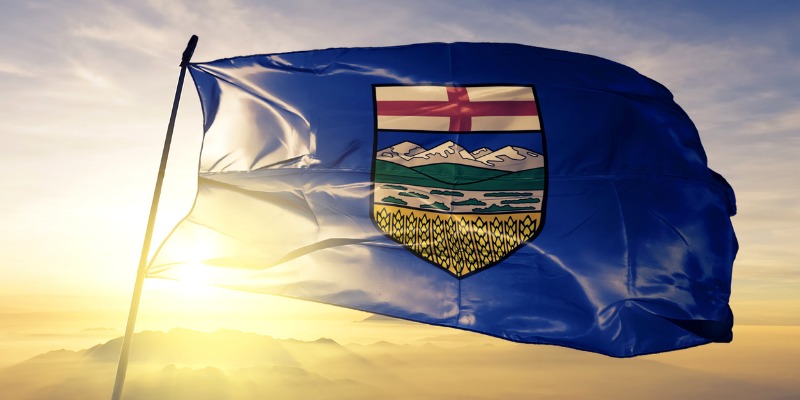Dividends to Albertans would ensure better maintenance of Heritage Fund

The Heritage Fund has the potential to provide vast benefits to Albertans, but it’s been hamstrung by weak fiscal rules. Fortunately, the Kenney government can learn from Alaska’s Permanent Fund, which through robust fiscal rules has grown to US$65.3 billion (as of 2019/20) while paying more than US$26.0 billion in direct dividends to Alaskan citizens since 1982.
First, let’s review Alberta’s Heritage Fund, which was created in 1976/77 to save a share of the province’s resource wealth for the future. Historically, however, rules that would have helped ensure the fund’s growth (for example, a requirement to deposit 30 per cent of resource revenue annually) were statutory in nature, which meant governments could easily disregard, change or eliminate these rules once they were no longer convenient.
As a result, the provincial government stopped consistently contributing resource revenue to the fund in 1987/88, the real value of the fund eroded over time due to inflation, and nearly all fund earnings have been spent. As of 2019/20, the Heritage Fund sits at just $16.2 billion.
Now consider Alaska’s resource revenue savings fund—the Permanent Fund, which was created in the same year as the Heritage Fund but adheres to robust fiscal rules.
First, according to Alaska’s constitution, the state government must deposit 25 per cent of all mineral revenues into the fund each year. A constitutional rule of this nature is much stronger than an equivalent statutory rule (similar to what existed in Alberta). Second, a share of earnings must be set aside annually to offset the effects of inflation—in other words, “inflation-proof” the principal of the fund to preserve its real value. Finally, a portion of fund earnings must be paid to Alaskan citizens in annual dividends. As a result of these rules, the fund has grown steadily over time.
The logic of the first two rules is fairly simple—the Alaskan government promotes growth in the fund by depositing mineral revenue annually, and inflation-proofing maintains the fund’s purchasing power. Again, Alberta’s Heritage Fund had similar statutory rules, but they were simply too easy to change or ignore. To fix this problem, the Alberta government should make these constitutional, which would make them much more durable and difficult for future governments to change.
Now let’s consider the third rule regarding dividends—a topic that would surely pique the interest of many Albertans. In Alaska, the state government created the annual dividend to convince Alaskans of the importance of maintaining the Permanent Fund responsibly, thus creating political pressure for future governments to do so. Put differently, because citizens have an ownership share in the fund, they’re more interested in the state maximizing returns from its resource wealth. In effect, the dividend has helped maintain and reinforce robust fiscal rules that make the Permanent Fund successful.
To understand the potential for the Heritage Fund under a similar set of fiscal rules, let’s use a hypothetical example.
If Alberta had followed Alaska’s model since inception in 1976/77—including 25 per cent annual resource revenue contributions, inflation-proofing and annual dividends—the Heritage Fund would be worth approximately $234.2 billion today compared to $16.2 billion. In total, it could have paid out $101.5 billion in dividends to Albertans, which would average $1,018 (inflation-adjusted) per Albertan annually.
The Kenney government should renew the Heritage Fund by drawing lessons from Alaska’s success and introduce a constitutional requirement for consistent contributions and inflation-proofing, while paying annual dividends to Albertans.
Author:
Subscribe to the Fraser Institute
Get the latest news from the Fraser Institute on the latest research studies, news and events.

